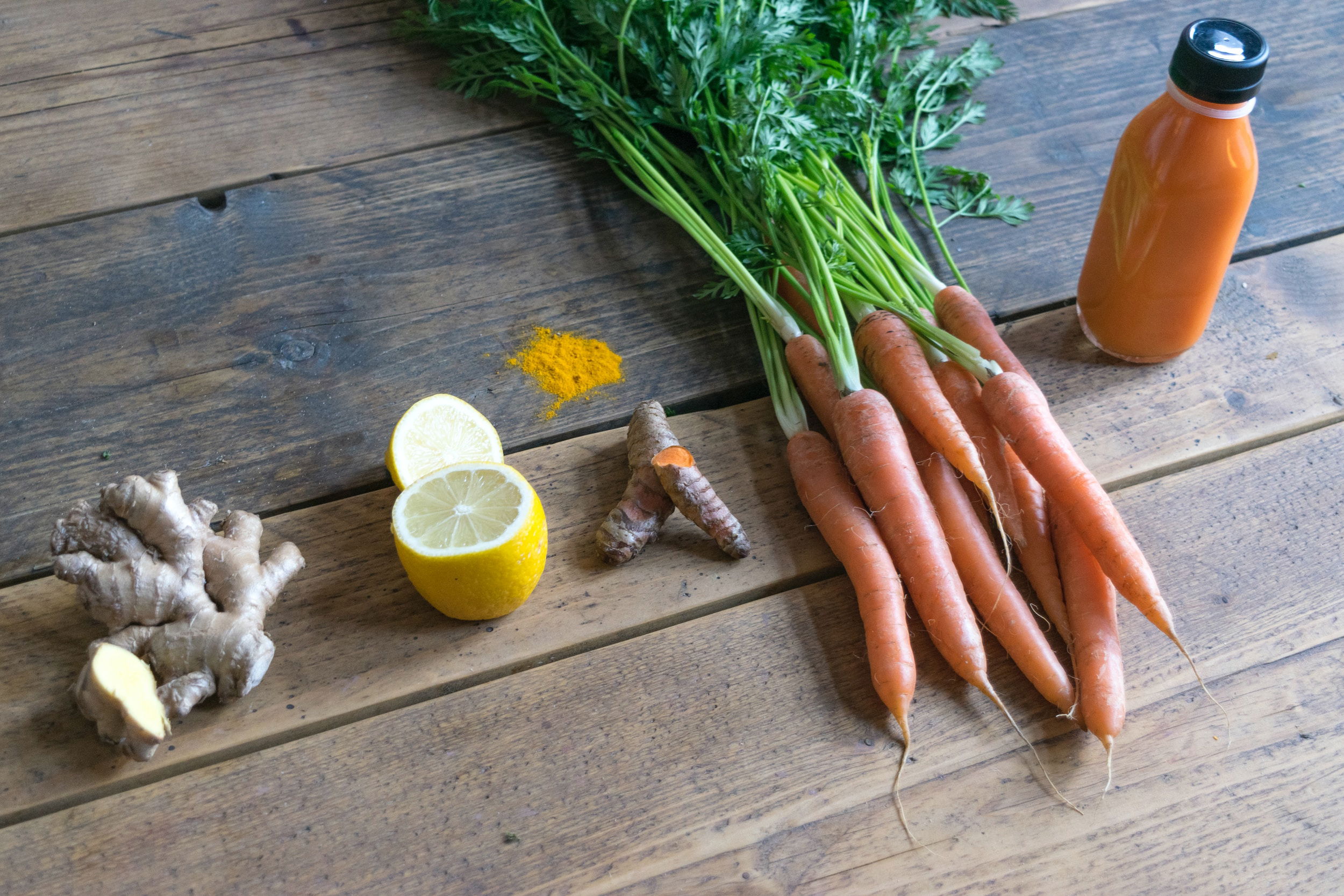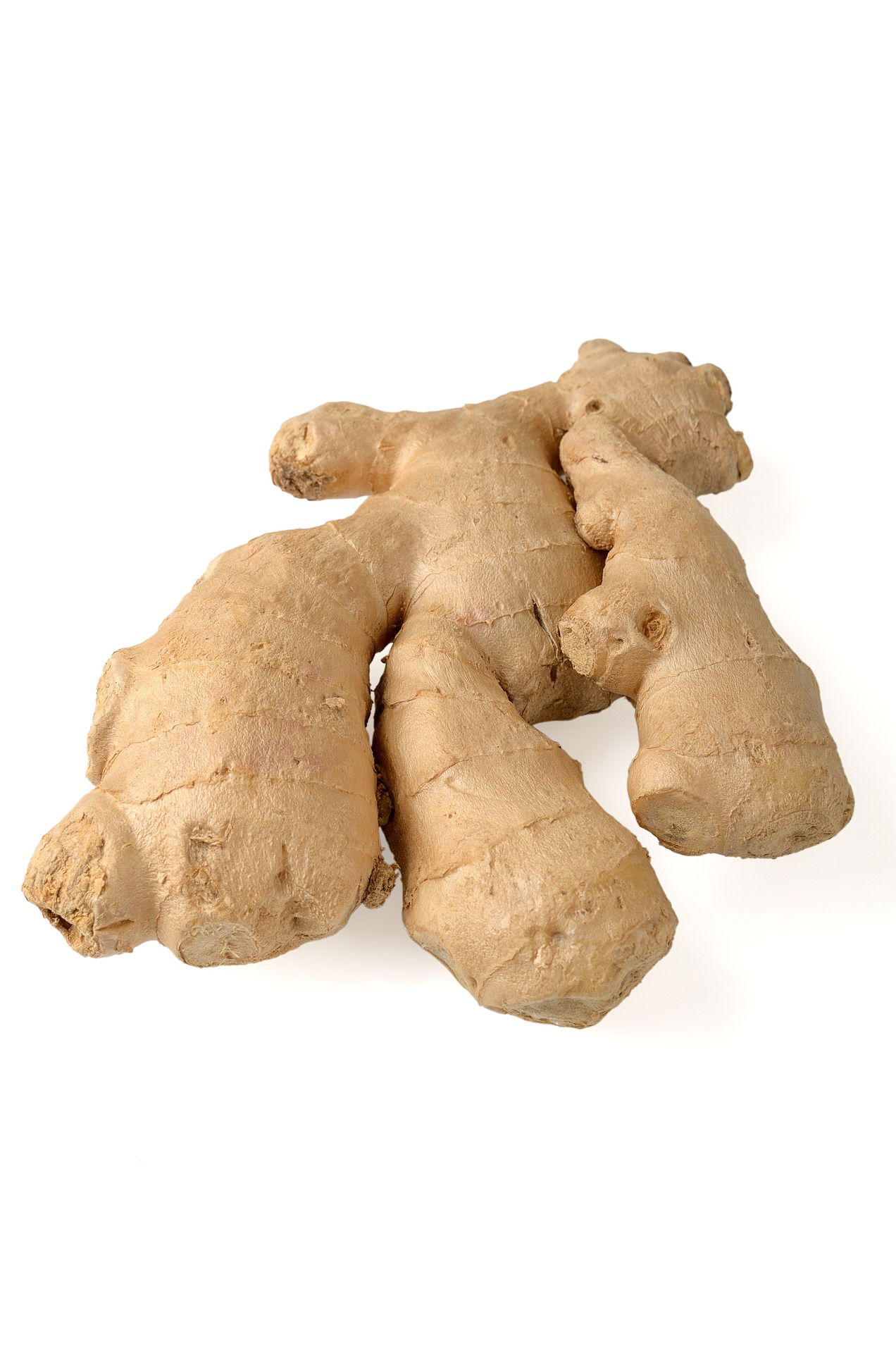Unleash the Hidden Power of Thai Fresh Ginger in Your Market!

Thai fresh ginger is a versatile ingredient that has been used for centuries in Thai cuisine and traditional medicine. This aromatic root boasts numerous health benefits, including anti-inflammatory and immune-boosting properties. With its growing popularity in the global market, Thai fresh ginger has become an important agricultural crop in Thailand.
In this article, we will explore the various uses and benefits of Thai fresh ginger, including its culinary uses and marketing potential in the food industry. We'll also take a closer look at the cultivation and exportation process, as well as its potential as a sustainable crop. Join us as we unleash the hidden power of Thai fresh ginger in your market.
Introduction to Thai Fresh Ginger
Ginger is a versatile and ubiquitous ingredient in many cuisines worldwide, and Thai fresh ginger is no exception. It is a staple in Thai cooking, offering a unique flavor and aroma that distinguishes it from other types of ginger. In this article, we will delve into the beauty of Thai fresh ginger and its vast potentials, from its health benefits to its culinary uses and how it can be marketed effectively in the food and beverage industry.

What is Thai Fresh Ginger?
Thai fresh ginger, also known as "khing" in Thai, is a type of ginger that grows natively in Thailand and other Southeast Asian countries. It is part of the Zingiberaceae family and has a distinct spicy and pungent flavor with a citrusy aroma. Thai ginger is typically smaller, juicier, and has a thinner skin than other types of ginger.
History of Thai Fresh Ginger
The use of ginger in Thai cuisine dates back centuries, with references to it in ancient Thai writings and texts. It was traditionally used for medicinal purposes to relieve nausea, inflammation, and other ailments. Today, Thai ginger is an essential ingredient in many Thai dishes and is a popular export for the country.
Health Benefits of Thai Fresh Ginger
Aside from its culinary uses, Thai fresh ginger has many health benefits to offer. Here are some of the most notable ones:
Anti-inflammatory Properties
Thai fresh ginger has natural anti-inflammatory properties that may help alleviate pain and swelling in the body. It contains compounds called gingerols and shogaols that inhibit the production of inflammatory molecules.
Relief for Digestive Issues
Thai ginger has been traditionally used to relieve digestive issues such as bloating, constipation, and nausea. It can help stimulate the production of digestive juices and enzymes, promoting better digestion.
Immune System Booster
Thai fresh ginger is also rich in antioxidants and has immune-boosting properties. It can help strengthen the body's defense against illnesses and infections.
Other Health Benefits
Other potential health benefits of Thai fresh ginger include relief for menstrual cramps, reducing cholesterol levels, and promoting heart health.

Culinary Uses of Thai Fresh Ginger
Thai fresh ginger is a versatile ingredient in Thai cooking, offering a wide range of culinary uses. Here are some of the most popular ones:
Flavor Profile and Culinary Applications
Thai fresh ginger has a distinct spicy and pungent flavor with a citrusy aroma. It can be used in many Thai dishes, including stir-fries, curries, soups, and marinades. It can also be used in beverages such as ginger tea and cocktails.
Traditional Thai Dishes Featuring Fresh Ginger
Thai dishes that prominently feature fresh ginger include Tom Yum soup, Pad Thai, and Green Curry. The flavor of Thai fresh ginger can add depth and complexity to these dishes.
Non-Traditional Uses of Fresh Ginger in Cooking and Baking
Thai fresh ginger can also be used in non-traditional ways in cooking and baking. It adds a unique twist to recipes such as gingerbread cookies, carrot ginger soup, and even smoothies.

Marketing Thai Fresh Ginger in the Food Industry
As the food and beverage industry continues to evolve, there is a growing interest in natural and healthy ingredients such as Thai fresh ginger. Here are some ideas on how to market Thai fresh ginger effectively:
Trends in Food and Beverage Industry
The food and beverage industry is currently experiencing a trend towards more diverse and exotic flavors, highlighting the unique qualities of ingredients such as Thai fresh ginger.
Target Market and Demographics
The target market for Thai fresh ginger could include health-conscious consumers, foodies, and those interested in trying new and exotic flavors. Within this market, there could be sub-groups based on age, income, and lifestyle.
Marketing Strategies and Tactics
Effective marketing strategies for Thai fresh ginger could include highlighting its health benefits, showcasing its use in traditional Thai dishes, and experimenting with non-traditional uses in cooking and baking. Social media campaigns, collaborations with food bloggers and influencers, and in-store promotions are also effective tactics to build awareness and generate interest.
In conclusion, Thai fresh ginger has immense potential in the food and beverage industry, from its unique flavor and culinary uses to its health benefits and marketing opportunities. By unleashing the hidden power of Thai fresh ginger, businesses can offer their customers a unique and delightful experience that sets them apart from the competition.

Growing and Harvesting Thai Fresh Ginger
Cultivation and Growing Environment
Thai fresh ginger is grown in tropical and subtropical regions, preferring warm and humid conditions. The soil must be well-drained and rich in nutrients for optimal growth. The farmers in Thailand use traditional farming techniques and technology to cultivate ginger sustainably. The ginger is planted in rows, and the soil is enriched with compost or manure to provide the necessary nutrients.
Harvesting and Processing Methods
The harvesting of Thai fresh ginger is done carefully, ensuring that the rhizomes are not damaged. The ginger is handpicked and usually harvested after nine months when the leaves start to turn yellow, and the stem begins to dry out. After harvesting, the ginger is cleaned and washed thoroughly to remove dirt and debris. The ginger can be stored for a long time if it is dried properly.
Challenges and Solutions
One of the critical challenges facing Thai fresh ginger farmers is the risk of pests and diseases, which can lead to crop failure. The farmers use organic pesticides and crop rotation to minimize the risk of pests and diseases. The other major challenges are unpredictable weather patterns and soil degradation. To overcome these challenges, farmers employ various sustainability practices like agroforestry, intercropping, and soil conservation techniques like cover cropping.

Exporting Thai Fresh Ginger to International Markets
Global Demand for Fresh Ginger
The demand for fresh ginger has been increasing globally, and it is expected to continue to grow in the coming years due to its health benefits and culinary uses. The major importers of Thai fresh ginger are the United States, Japan, and Europe.
Exporting Process and Regulations
Exporting Thai fresh ginger to international markets involves complying with various regulations, including meeting quality standards, adhering to food safety regulations, and ensuring traceability. The farmers and exporters in Thailand work with government agencies to ensure that the produce meets the necessary standards before export.
Expanding the Market Reach
There is a vast potential for Thai fresh ginger to penetrate new markets, particularly in Asia and the Middle East. The farmers and exporters can tap into these markets by adapting to the local preferences and regulations. There is also the opportunity to develop new ginger-based products and value-added products to increase the demand in existing and new markets.

Thai Fresh Ginger as a Sustainable Crop
Sustainability Practices in Ginger Farming
Thai fresh ginger farmers employ various sustainable practices to ensure that the crop is grown in an environmentally friendly manner. These include the use of organic fertilizers, intercropping, and crop rotation. The farmers also use water-saving techniques like drip irrigation and rainwater harvesting to conserve water.
Economic and Environmental Benefits
Sustainable ginger farming practices have significant economic and environmental benefits. By adopting these practices, farmers can significantly reduce input costs while also increasing yields and profitability. Additionally, sustainable farming practices contribute to environmental conservation by preserving soil health, reducing water pollution, and mitigating the effects of climate change.
Future of Sustainable Ginger Farming
The future of sustainable ginger farming looks promising, with farmers and consumers recognizing the value of environmentally friendly farming practices. The government and other stakeholders are also supporting sustainable ginger farming through funding and capacity building initiatives.

Conclusion and Future of Thai Fresh Ginger in the Market
The Growing Popularity of Thai Fresh Ginger
Thai fresh ginger is becoming increasingly popular globally, driven by its health benefits and culinary uses. The growing popularity of Thai fresh ginger is creating new market opportunities for farmers and exporters.
Potential for Innovation in the Market
The market for Thai fresh ginger offers vast potential for innovation, particularly in the development of value-added products and ginger-based products. Innovation in the market can also help to expand the use of Thai fresh ginger in different applications.
Final Thoughts and Key Takeaways
Thai fresh ginger is a potent crop with significant potential in the global market. The crop can be grown sustainably, generating economic and environmental benefits for farmers and the wider community. As the market for Thai fresh ginger continues to grow, there is a need to invest in research and innovation for the crop to reach its full potential.
In conclusion, Thai fresh ginger is a remarkable ingredient with a rich history and a bright future. Its unique flavor, combined with its many health benefits, make it an attractive choice for consumers and producers alike.
As the demand for natural and sustainable foods continues to grow, Thai fresh ginger is well-positioned to become a key player in the global market. With its versatility and potential for innovation, the possibilities for this humble root are endless. So go forth and unleash the hidden power of Thai fresh ginger in your market!

Frequently Asked Questions (FAQs)
What is the difference between Thai fresh ginger and regular ginger?
Thai fresh ginger has a more intense flavor and aroma compared to regular ginger. It also has a thinner skin and is less fibrous, which makes it easier to work with in the kitchen.
Can I substitute Thai fresh ginger for regular ginger in recipes?
Yes, you can substitute Thai fresh ginger for regular ginger in most recipes. However, keep in mind that Thai fresh ginger has a stronger flavor, so adjust the amount accordingly.
What kind of dishes pair well with Thai fresh ginger?
Thai fresh ginger pairs well with a variety of dishes, including stir-fries, soups, curries, and marinades. It's also a common ingredient in desserts and baked goods.
How can I tell if Thai fresh ginger is fresh?
Look for Thai fresh ginger that is firm, smooth, and has a fresh aroma. Avoid ginger that is wrinkled, soft, or has moldy spots.
